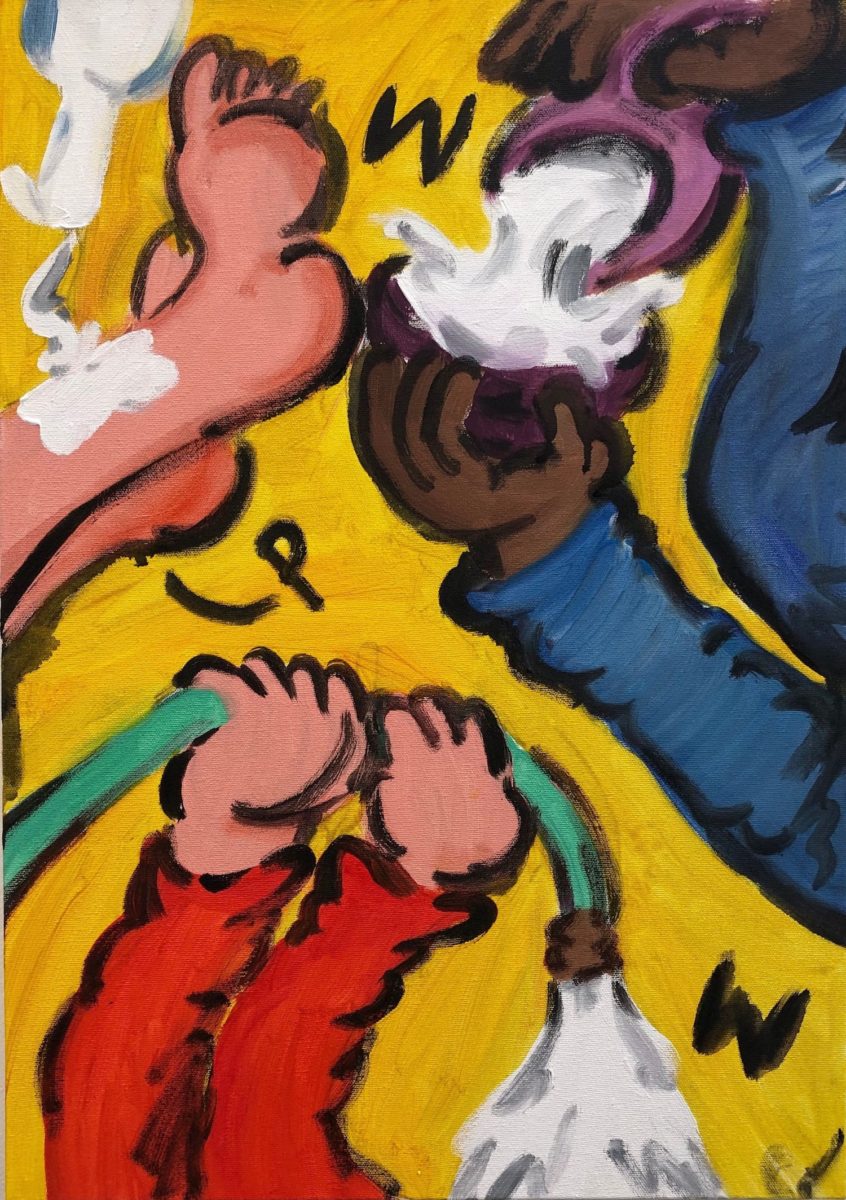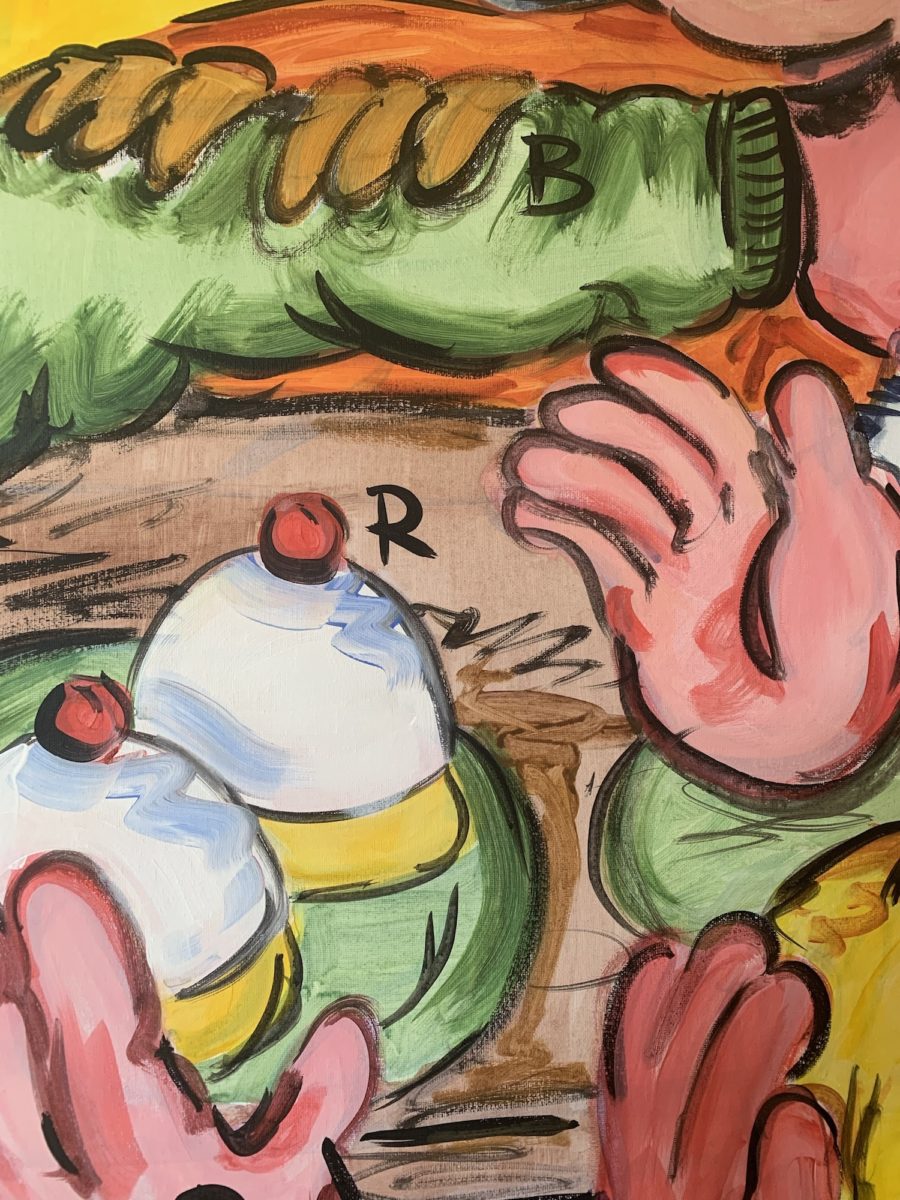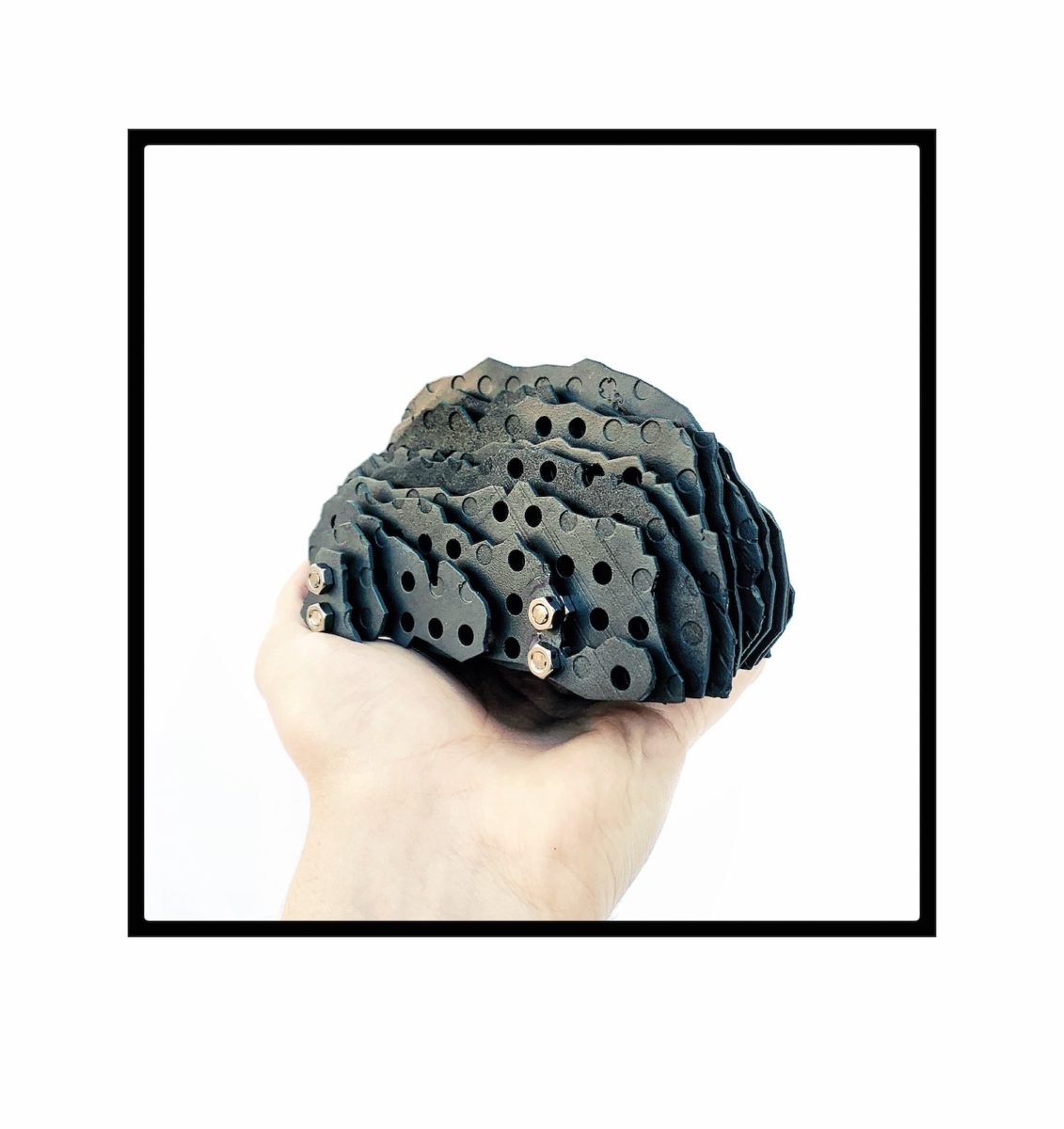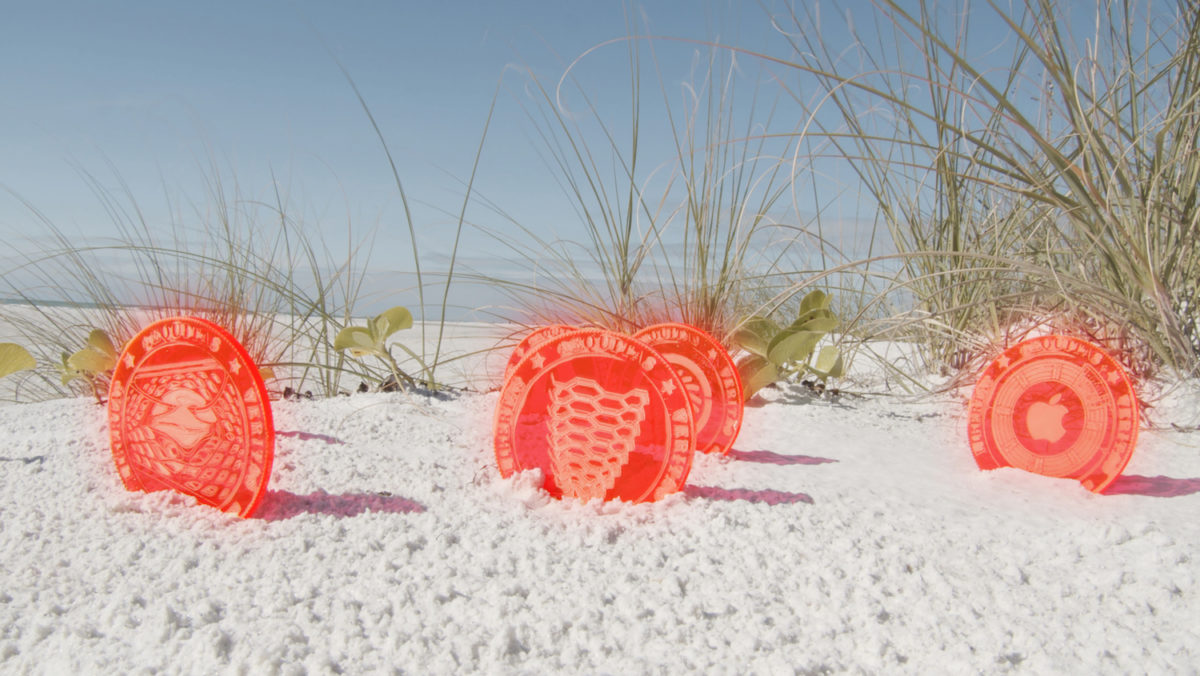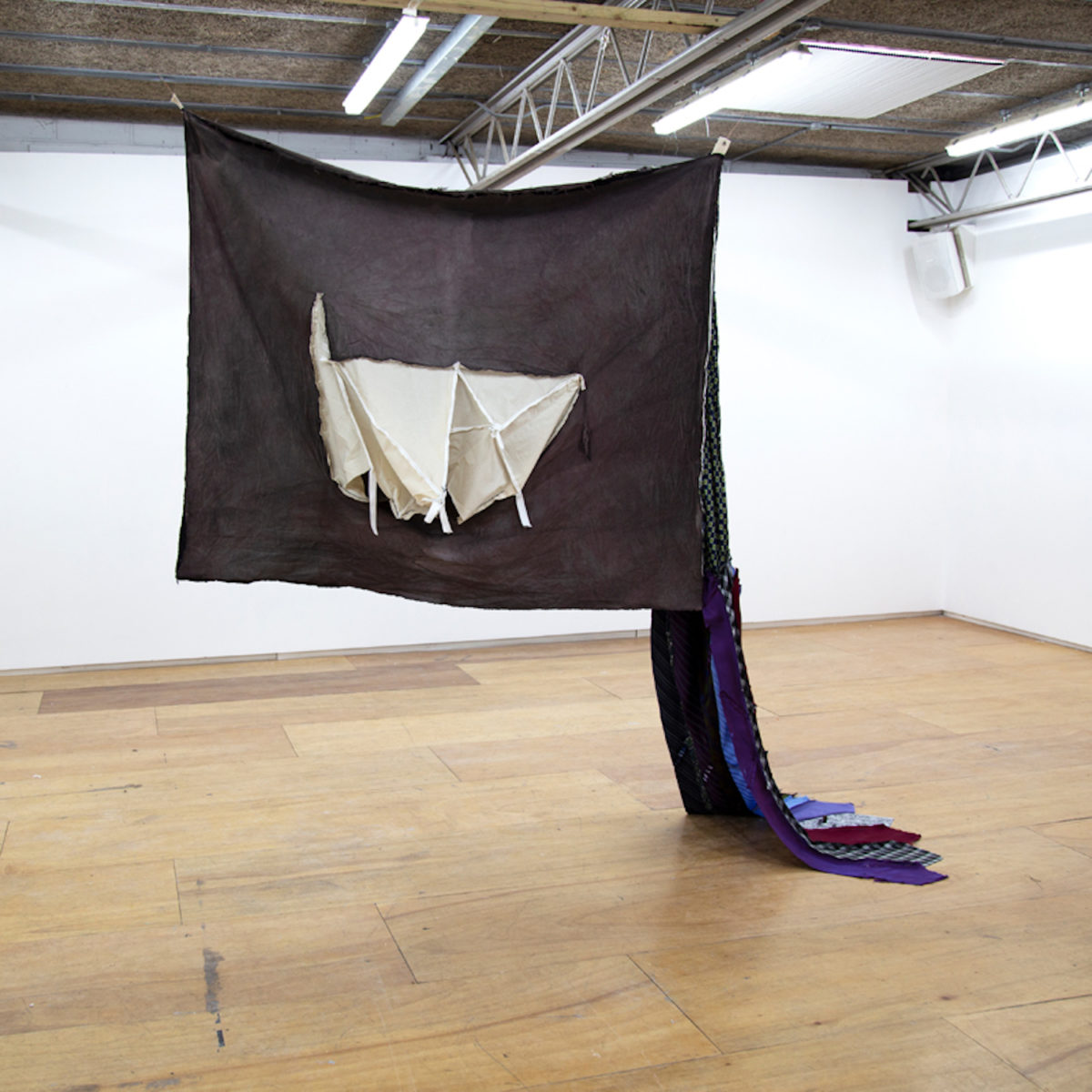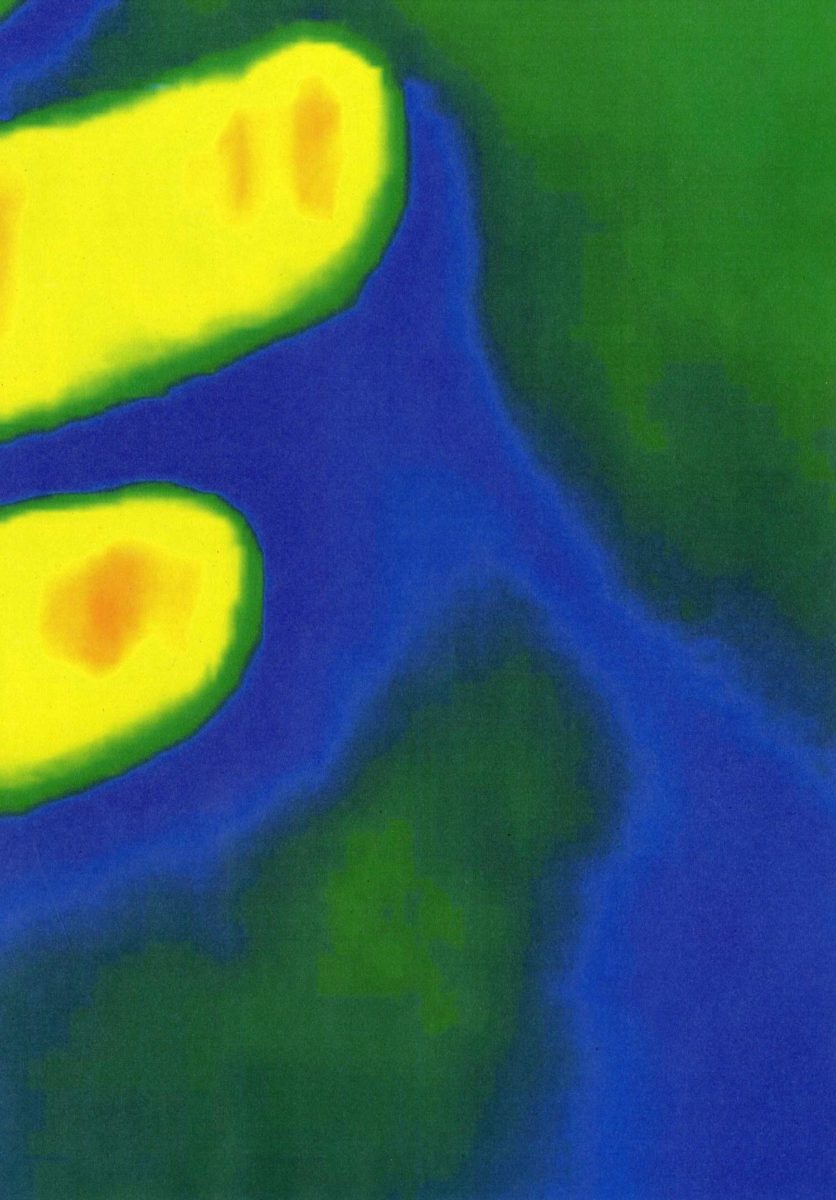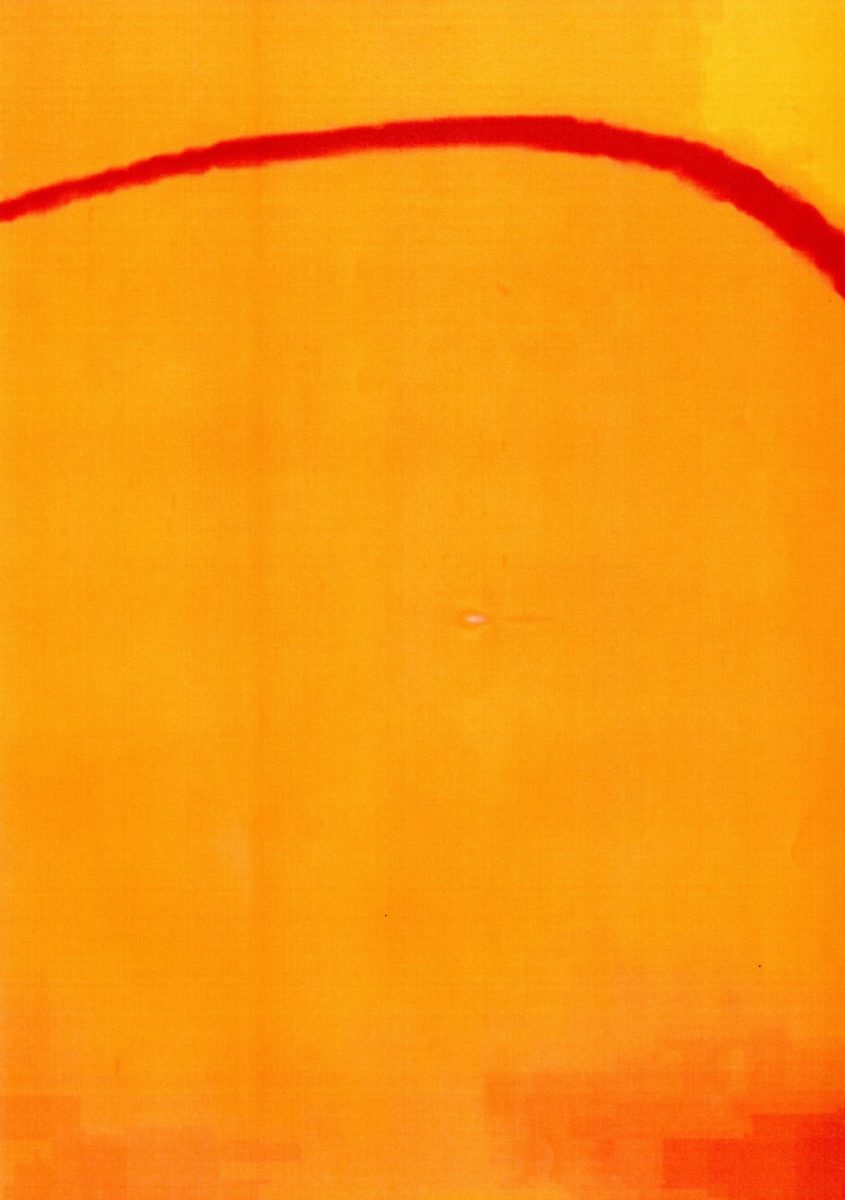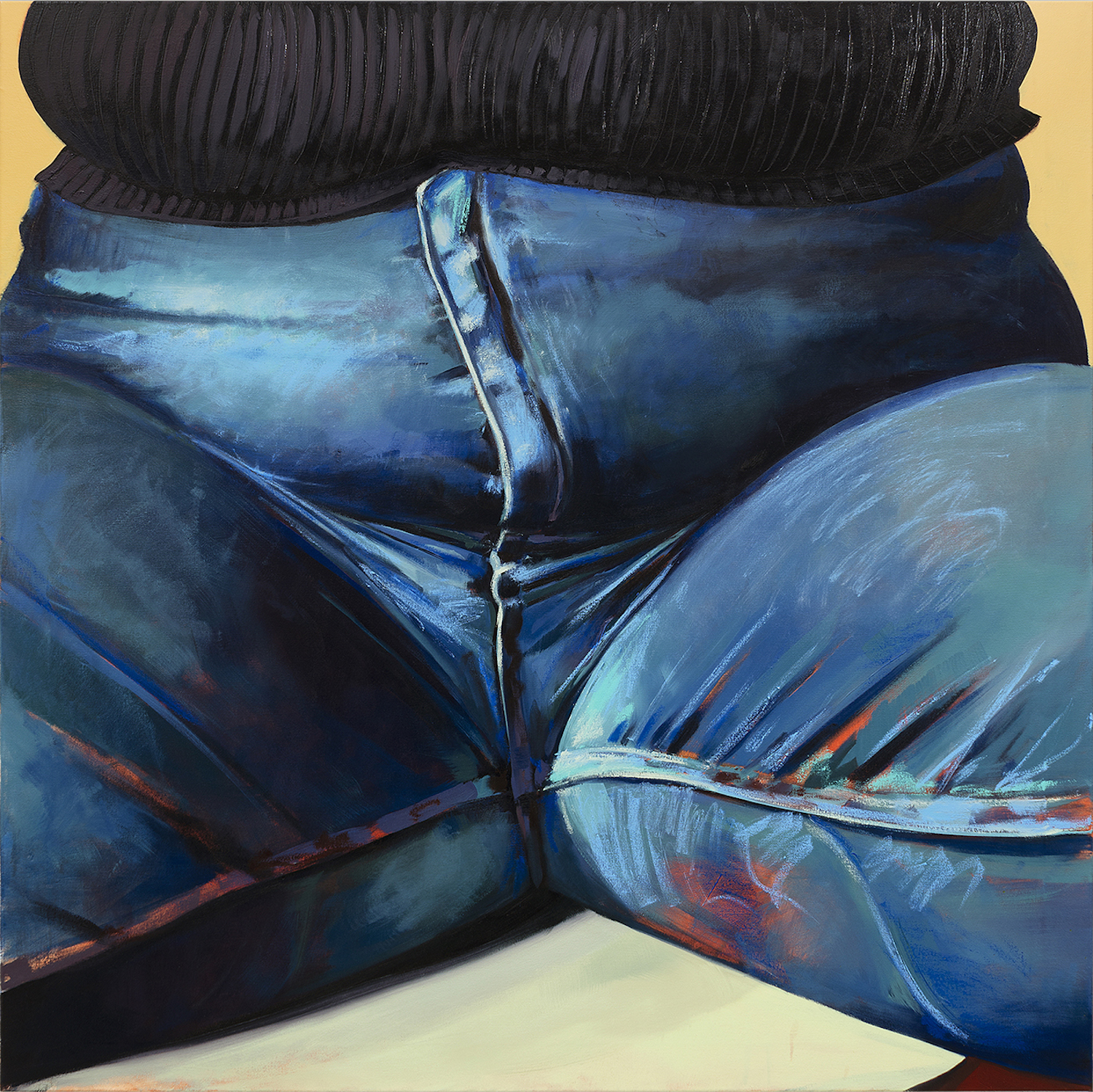
It’s no secret that this year’s grad show situation has been, to put it mildly, something of a disaster. Thanks first to the Covid-19 pandemic, then, some might say, a few unwise (and uncharitable) decisions made by university staff, after years of hard work students have largely had to make do with hastily assembled online shows. In the place of the usual physical exhibition and its accompanying fanfare, many have felt as though they’ve been cheated.
Many students took to Instagram to voice their misgivings or to share their work in a space where they might not have before. But it’s no substitute for a bricks-and-mortar display. As one writer put it, in a piece about the RCA’s handling of the situation, “the glaring problems of proceeding with an online-only art education and a virtual degree show ‘as usual’ are a Grand Canyon-sized logical leap for senior management… It became immediately, cripplingly clear that the RCA cared little for how it was achieved, so long as the current final year group were out in June and the next cohort of fee-paying students could still arrive in October.”
- Olivia Sterling, Double Cream #6 (left; Olivia Sterling, Belgium Buns, detail (right)
While other universities have postponed their shows rather than introduce a digital exhibition, the fact remains that most students graduating this year haven’t had the show they had hoped for. In a bid to go some way towards rectifying this, White Cube gallery has created the online platform Tomorrow: London, which launched on 9 July and will showcase a total of 20 graduating MA students’ work, five each week for four weeks. The work on show has been selected from the London art colleges of Central Saint Martins, Goldsmiths, Royal College of Art, Royal Academy Schools and Slade School of Fine Art, chosen by members of White Cube’s curatorial team. The sales of all works go directly to the artists.
The line-up artists is impressive, with a refreshing diversity across disciplines. While more traditional media dominates, namely painting, there’s a mix of installation, wearable sculpture, textile-based pieces and video on show, too.
“Today’s graduates are more about calling people to action than obsessing over themselves”
Lydia Pettit’s I Never Could Cross My Legs is an obvious standout, and reflects a current art world fascination with frank female self-portraiture. Pettit uses a realistic painting style to depict the artist’s own form (or at least part of it) in an upfront manner, with unusual framing used to striking effect. Perhaps we’re just ready for more direct portrayals of women’s shapes; perhaps lockdown has engendered more self-acceptance when it comes to us, the viewers’, own examinations of our bodies. Pettit has said that her works are “confrontational depictions of my own inward gaze, forcing the viewer to reckon with the realities of my body and mind, and their own viewpoints on the struggles women face with sexual abuse, trauma, body politics, and mental health.”
Peter Spanjer’s video work is also impressive. The artist, born in Bremen, Germany and, like Pettit, a graduate of the Royal College of Art, creates pieces that look to confront his own sensitivity, as he puts it. “My work has always had a layer of sensuality, sexuality and a certain softness and vulnerability which can be traced to my personal battles with breaking away from gender identification within an African household, specifically as a black gay male,” says Spanjer. “While challenging an internalised belief system, I equally try to pull apart generic ideas on ‘blackness’ and black men within the art world and what an artist who is black should display or talk about within their work.”
- Peter Spanjer, Eros (a, b and c)
Overall, the curatorial team describes the works as examining themes of identity politics, decolonisation, shared and personal histories and environmental issues. Indeed, while Pettit’s and Spanjer’s pieces are among the more introspective of the bunch (and that’s no bad thing), if any of the media handwringing about “wokeness” and “virtue signalling” are anything to go by, today’s graduates are more about calling people to action than obsessing over themselves. But for the first five artists shown in Tomorrow: London, at least, the gaze remains firmly focused inward. Anna Perach, a Goldsmiths graduate working in wearable sculpture and performance, uses explorations of ancient storytelling and folklore to look at how such things hold the roots of the stories we tell about ourselves in “our own private narratives”.
“The self, in the eyes of these artists, isn’t an island: it’s part of a big, soupy sea that unites the individual with the global”
Fellow Goldsmiths graduate Januario Jano takes a similar approach in installation works that incorporate sculpture, textile, performance, sound, video and photography. Born in Luanda, Angola, and working between his birthplace, London and Lisbon, the artist reflects on ideas of home and self, “exploring historical and contemporary narratives within the globalisation context”.
The self, in the eyes of these artists, isn’t an island: it’s part of a big, soupy sea that unites the individual with the global, the personal with the political. The body becomes a site on which issues that affect cultural and global relationships can bloom or fester, on which complex feelings about judgement, sex, death (of both people and ideologies) intermingle.
